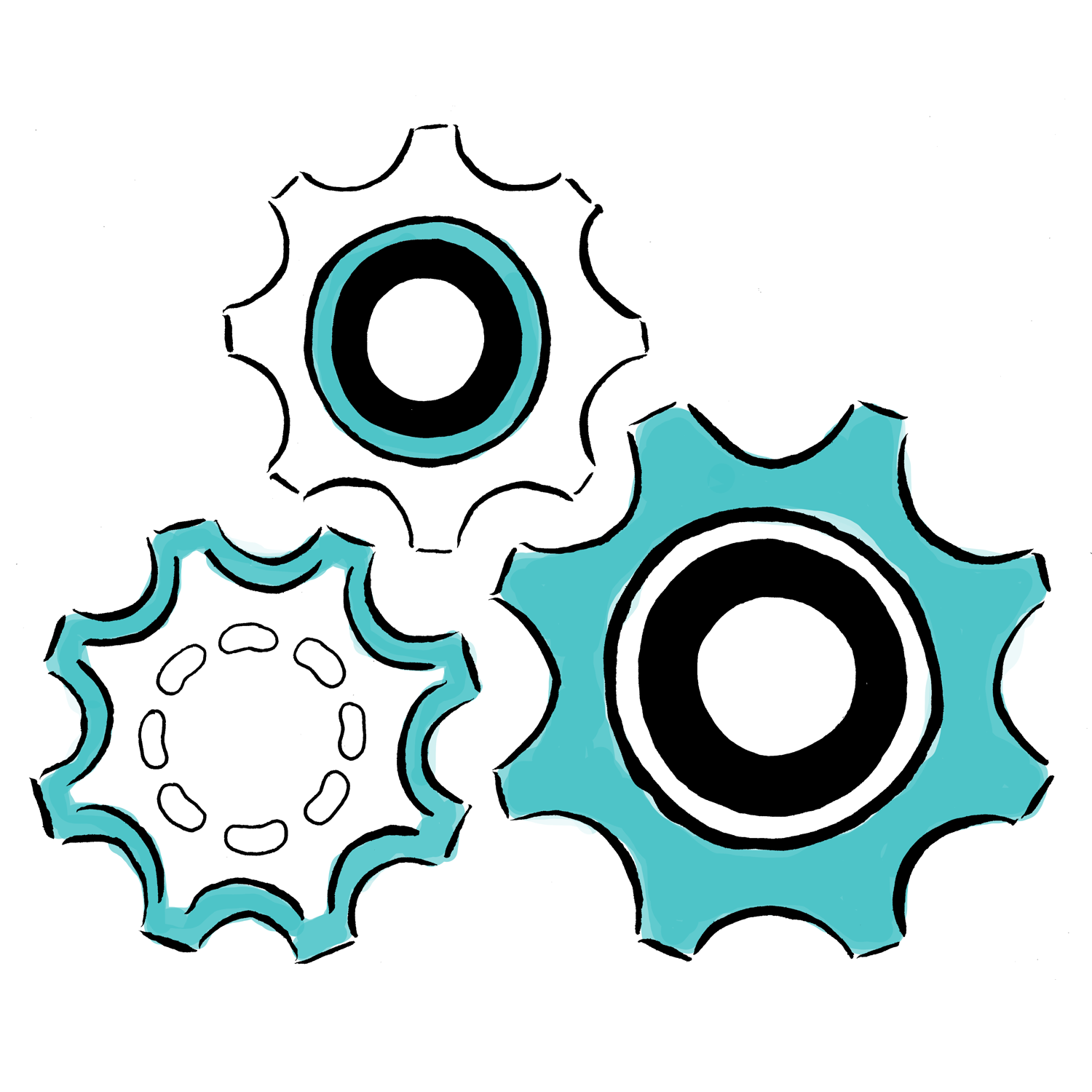Framework for change
Our framework for change is designed to support and fortify the legal action in our campaigns. The components are not intended to be used sequentially: campaigns don’t work like that. Instead, they should be seen as a set of levers that can be pressed at different times, which all work in combination and complement each other.
Campaigns are inherently fluid and dynamic - particularly once they start having an impact. In our experience, the ones that work best are those where their components are kept under regular review, so tactics can be re-thought and re-prioritised, as the campaign develops.
COORDINATE
Appointing an individual or organisation to coordinate the campaign. This role includes: pulling together different strands of work; bringing additional people or groups on board; allocating and coordinating roles for each entity to take; keeping participants informed; agreeing the narrative and messaging.
INVESTIGATE
Plotting and scoping your environment. This involves identifying different legal breaches and assigning them into broad categories, for example: pervasive, particularly serious, new, under the radar, winnable. Which of the problems are you aiming to resolve? Identifying your ultimate goal, plus any under incremental goals along the way which will help you get there.
COLLABORATE
Mapping who is already working in this landscape: experts, civil society organisations, lawyers, activists, frontline workers, individuals. How can you bring together those who want the same outcome, but might use different methods for getting there? Building a team of allies, including unlikely allies.
LITIGATE
Determining what role you should play in litigation. Do you want to bring the case; act as a third-party intervenor; provide a detailed witness statement? Planning and building the optimum legal team, which might involve a range of legal specialisms if the issue being litigated crosses different areas of law.
PARTICIPATE
Ensuring buy-in and support from the groups and individuals who are directly affected by the campaign issue, and from concerned bystanders. Thinking about how to grow and mobilise these communities, and how best to communicate complex or seemingly remote legal arguments.
COMMUNICATE
Developing a strategy for harnessing support of mainstream and social media. How can you minimise the risk of critical coverage, and use publicity to increase pressure on opponents and policymakers. Can you rally additional support or potential claimants by generating news coverage?
ACTIVATE
Winning in court may not be enough to ensure the change you seek is fully implemented. After litigation, you may need to continue to work to ensure a court ruling is adopted and embedded in the way you want to see. This work will likely to take place outside of litigation, through broader advocacy and influencing. Focusing on the post-litigation stage of a campaign helps ensure changes are made quickly and effectively.
DISSEMINATE
Spreading the message of the change your campaign has achieved to the wider community so they can benefit from it.
EVALUATE
Assessing the impact of a litigation campaign. Identifying what methods worked well, and what less well. A formal evaluation creates a useful resource for other campaigners, potential funders, and your own learning.










